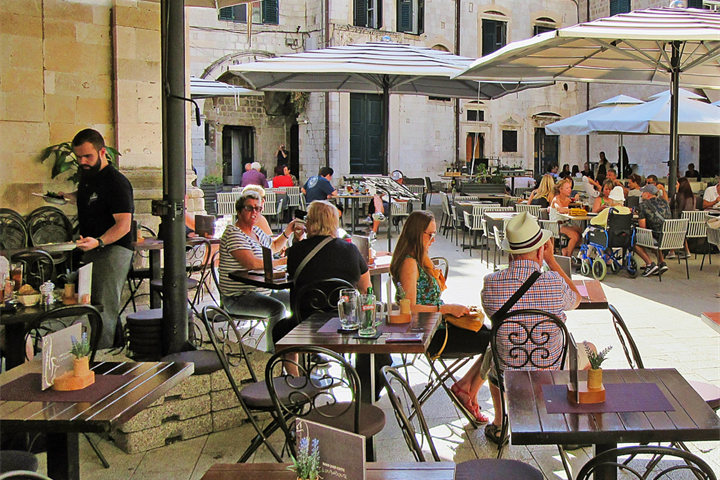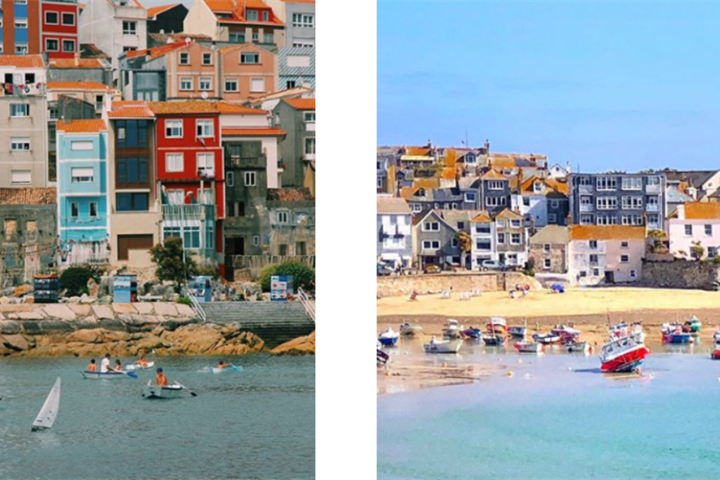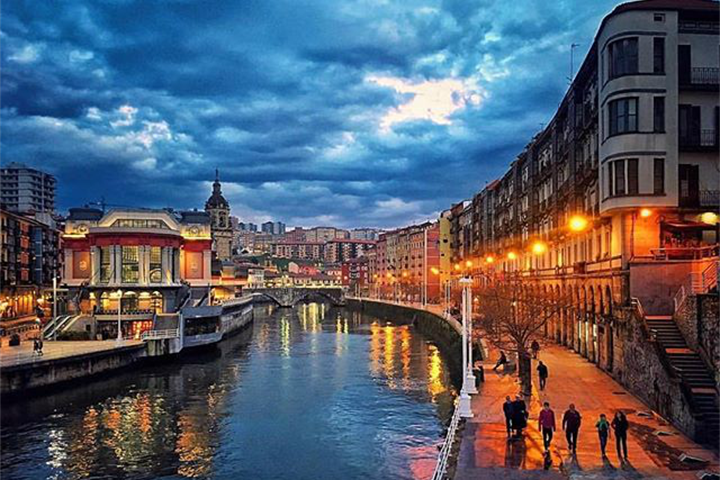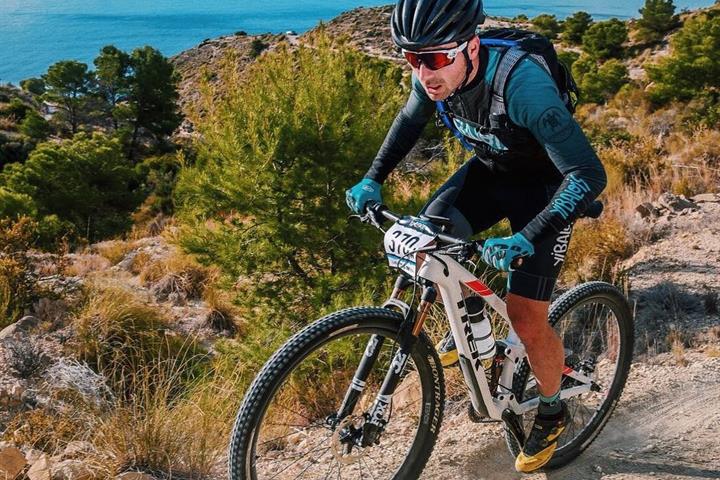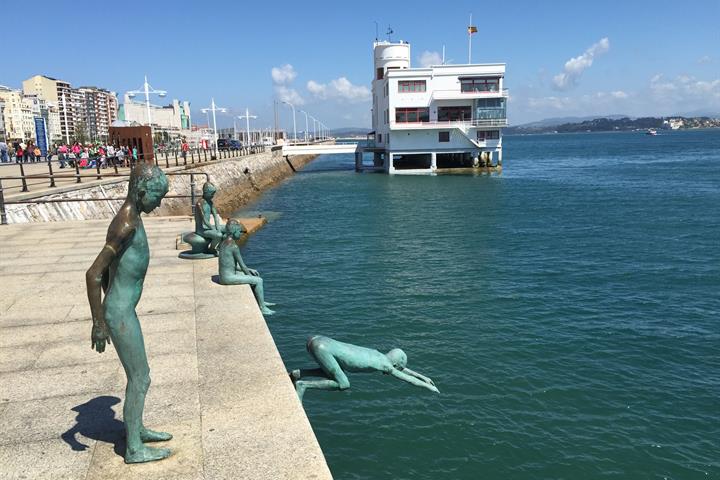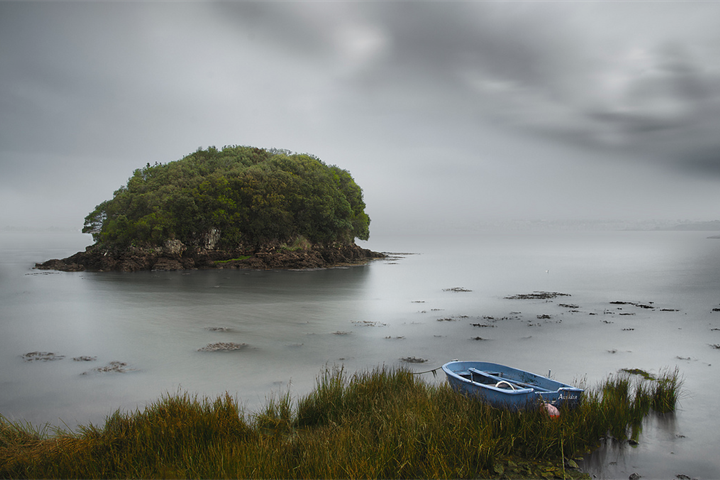Información de viaje y vídeo de Cantabria provincia
Información para vacaciones, datos, fotos y vídeos sobre Cantabria provincia
Casas de vacaciones destacadas en España
Cosas para hacer mientras está aquí
Lugares interesantes para visitar en Cantabria provincia
Opiniones acerca de Cantabria provincia
Promedio de calificaciones generales - Basado en 38 opiniones
Ciudad
Costa
| Ciudad: | |
| Costa: |
Enviado por: Traudie Maas
12 ago. 2019
Este comentario es en español
Este comentario es en español
Denunciar abuso
Le ha parecido abusivo
| Ciudad: | |
| Costa: |
Enviado por: Jennifer Churchill
5 ago. 2019
Este comentario es en español
Este comentario es en español
Denunciar abuso
Le ha parecido abusivo
| Ciudad: | |
| Costa: |
Enviado por: Aino Kurvinen
3 may. 2019
Este comentario es en español
Este comentario es en español
Denunciar abuso
Le ha parecido abusivo
| Ciudad: | |
| Costa: |
Enviado por: Sandra Liliana
23 abr. 2019
Este comentario es en español
Este comentario es en español
Denunciar abuso
Le ha parecido abusivo
| Ciudad: | |
| Costa: |
Enviado por: clare pitts
30 ago. 2018
Este comentario es en español
Este comentario es en español
Denunciar abuso
Le ha parecido abusivo
| Ciudad: | |
| Costa: |
Enviado por: Patricia
13 may. 2016
Este comentario es en español
Este comentario es en español
Denunciar abuso
Le ha parecido abusivo
| Ciudad: | |
| Costa: |
Enviado por: Pedro
17 jul. 2013
Este comentario es en español
Este comentario es en español
Denunciar abuso
Le ha parecido abusivo
| Ciudad: | |
| Costa: |
Enviado por: Begoña
7 feb. 2013
Este comentario es en español
Este comentario es en español
Denunciar abuso
Le ha parecido abusivo
| Ciudad: | |
| Costa: |
Enviado por: claudia carter
20 jul. 2012
Este comentario es en español
Este comentario es en español
Denunciar abuso
Le ha parecido abusivo
| Ciudad: | |
| Costa: |
Enviado por: CHARI
1 ago. 2011
Este comentario es en español
Este comentario es en español
Denunciar abuso
Le ha parecido abusivo
